

Jump to: Where do I start? | Ready to help | Local Resources | Warning signs of emotional suffering | Be The First | Suicide Prevention Gaps and Needs Analysis
Identifying the signs of emotional suffering in yourself and the people around you is an excellent place to start. Understanding when someone is struggling with mental illness or a mental disorder gives you the power to act, empower, and protect that person.
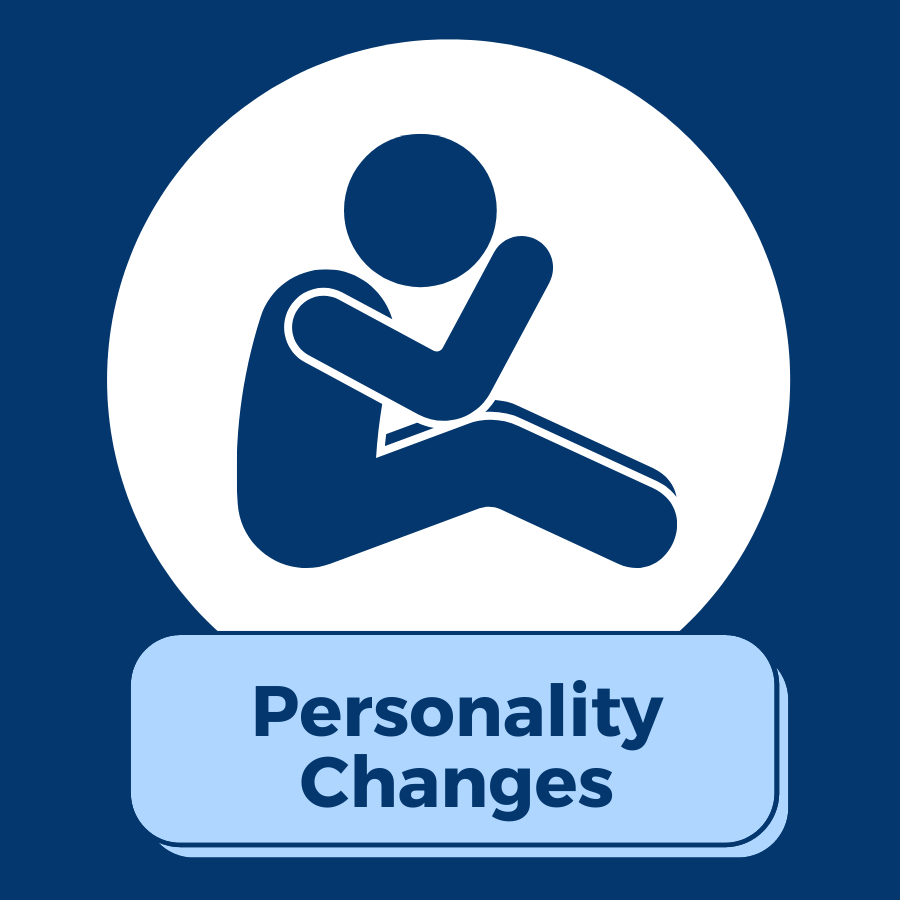
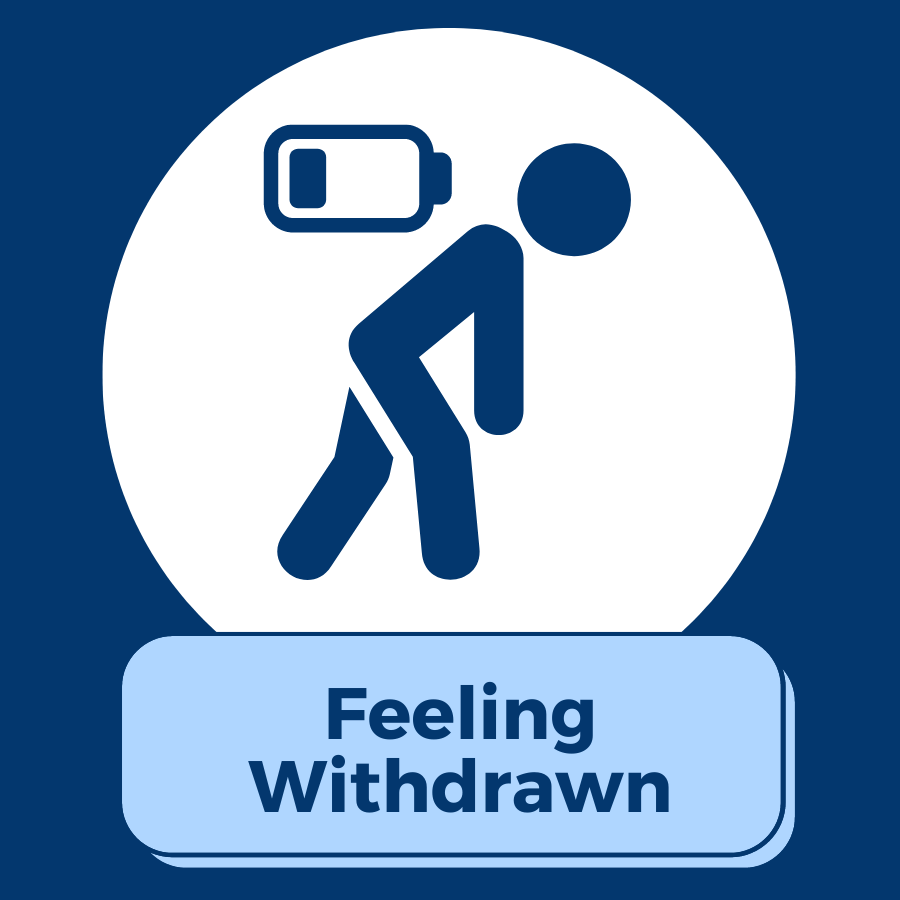
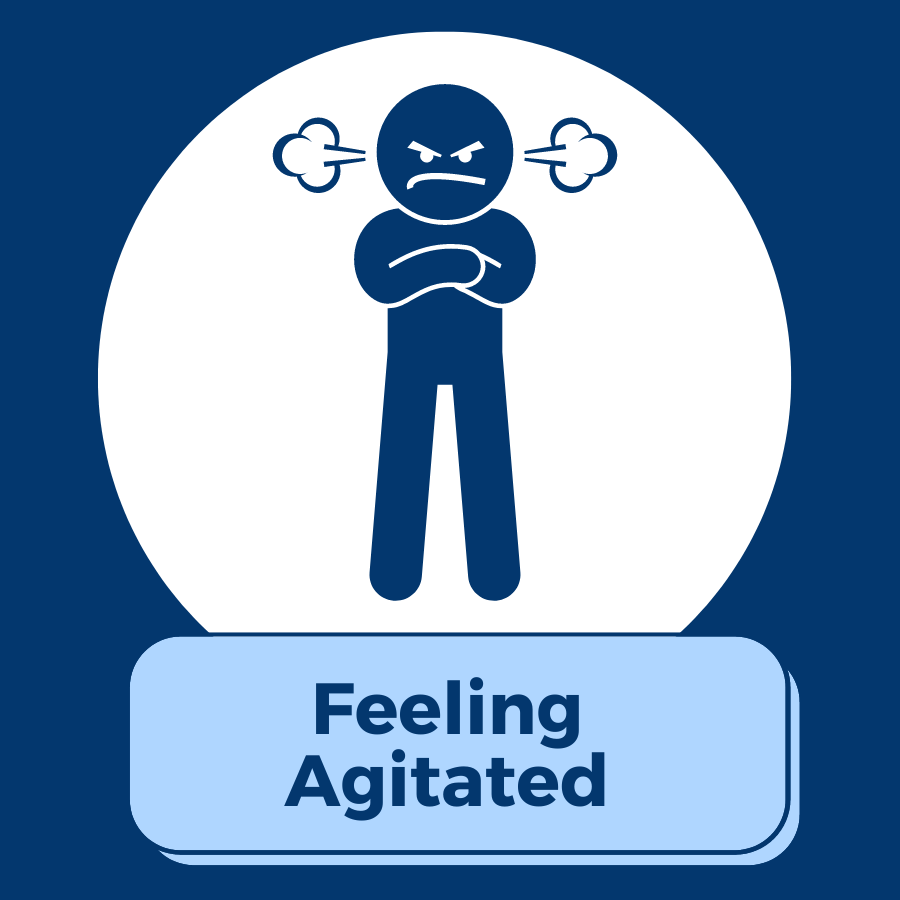
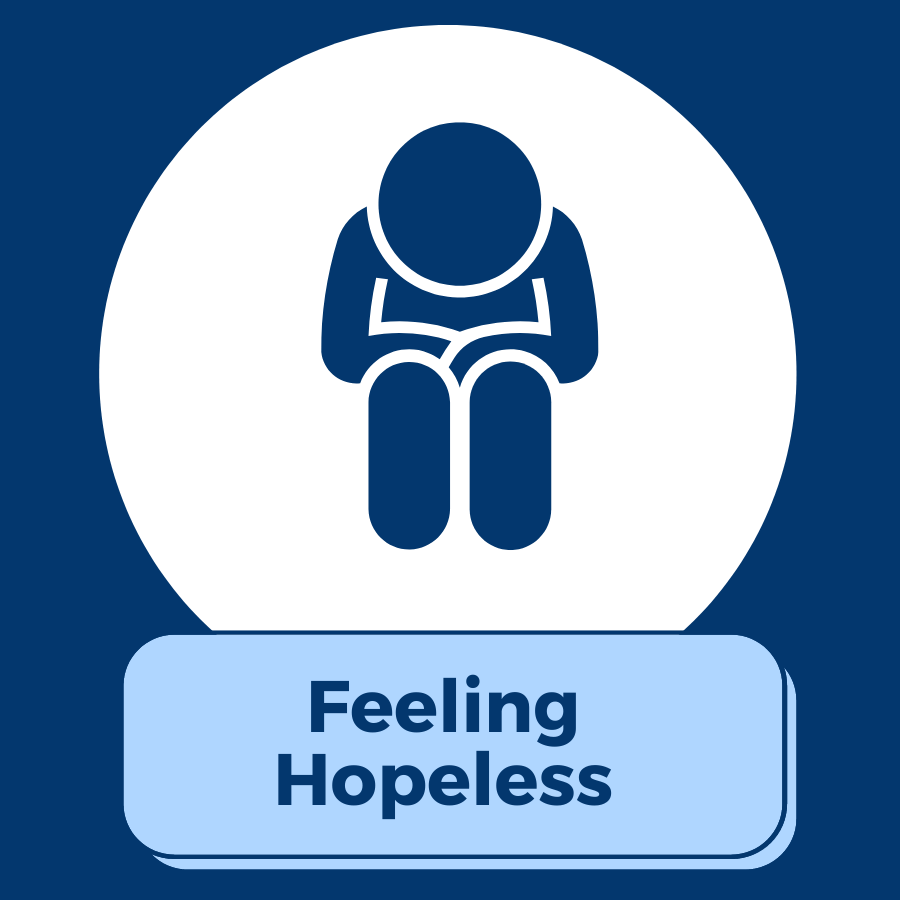
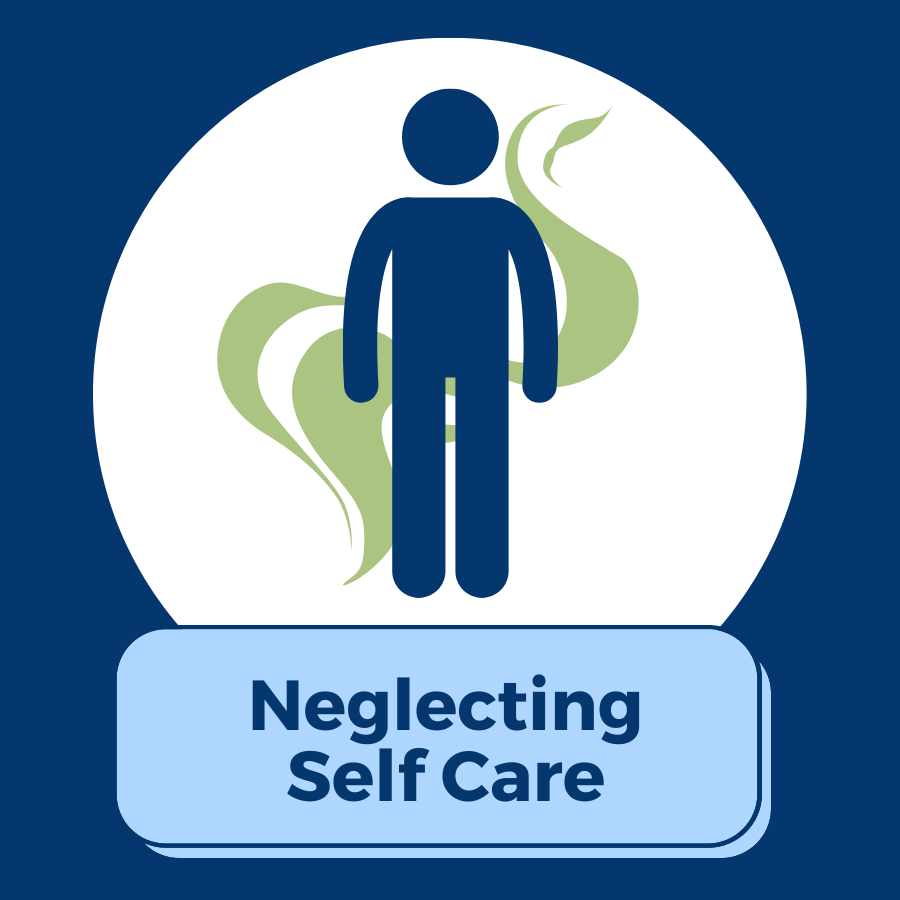
Personality Changes
This change doesn't seem to fit the person's values or typical habits. These changes may include:
Feeling Withdrawn
Similar to personality changes, you may notice the person is less interested in engaging socially or in activities they typically enjoy. They may struggle with the following:
Feeling Agitated
The person may experience more emotional swings, especially negative emotions. This often includes:
Feeling Hopeless
The person used to be optimistic but now they can't find anything to be hopeful about. They may be:
Poor Self Care
You may notice signs the person is not taking care of their body or living environment. This may include:
Now it is the time to act.
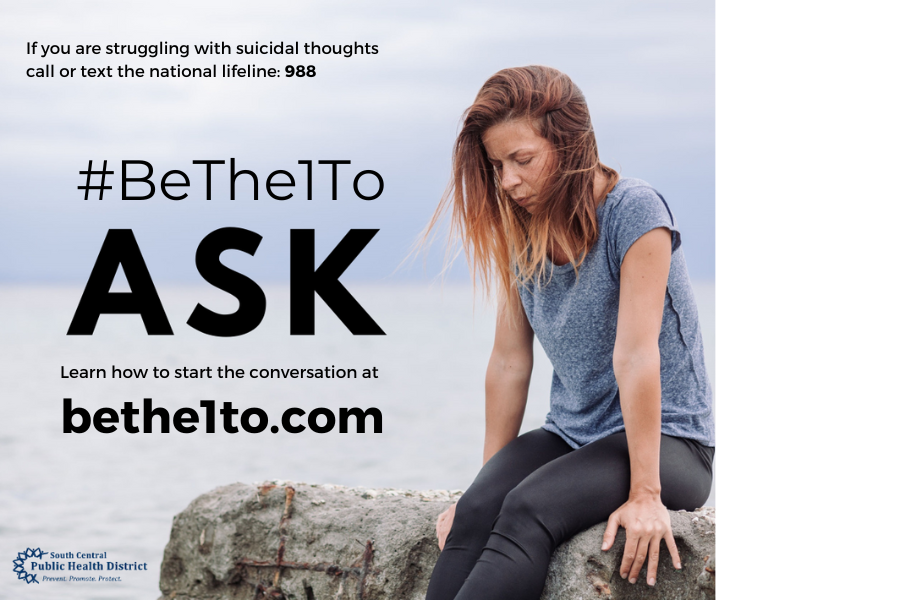
To Ask
Start a conversation. Tell them you have noticed a few things from the 5 signs.
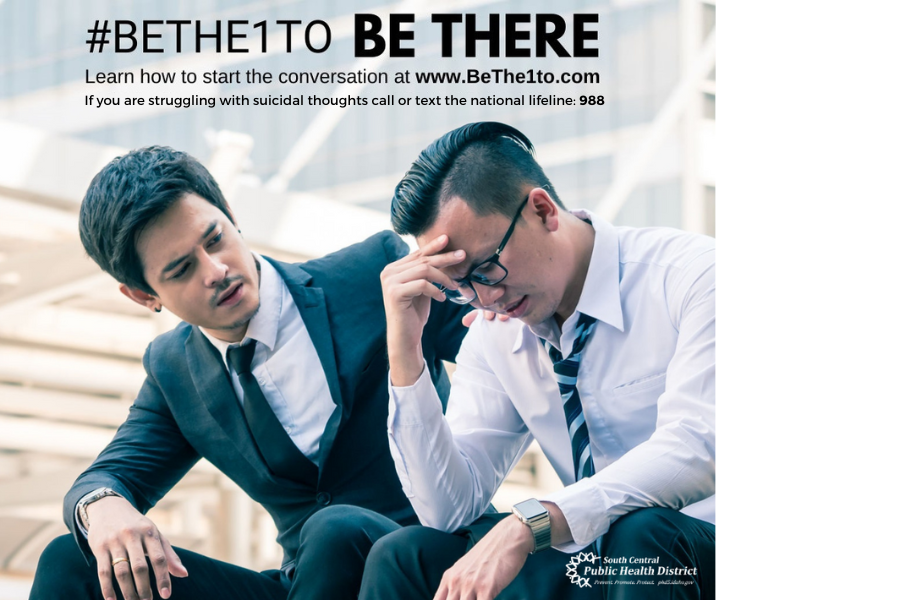
Be There

Keep Them Safe
This step is all about showing support for someone.

Help them Connect
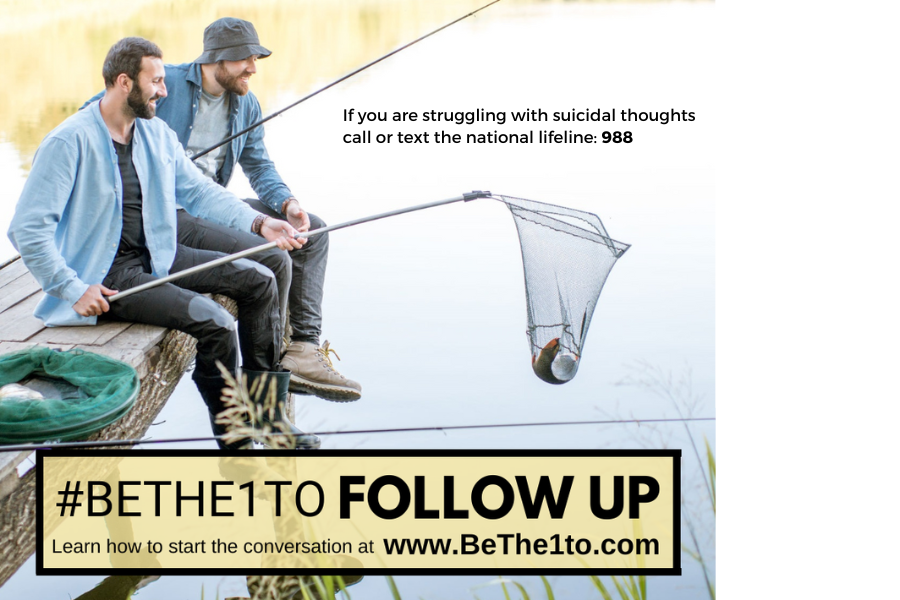
Follow Up
After you have helped them connect and made a safety plan, make sure to follow up to see how they are doing:
You are not responsible for knowing what to do. Just find someone who does.
Note: #BeThere and #BeThe1To information from the CDC and BeThe1To.
Local Suicide Coalitions
Offer education to community members and schools, provide QPR (Question, Persuade, Refer) trainings, coordinate local community events, bring speakers to the area, and raise awareness to end the stigma around suicide and mental disorders.
Videos
Other Links
Seize the Awkward
Idaho Crisis and Suicide Hotline
Crisis Center of South Central Idaho
988 Suicide and crisis hotline
The Crisis Hotline
Simply Hope - Family Outreach
The National Alliance on Mental Illness
Be The One website